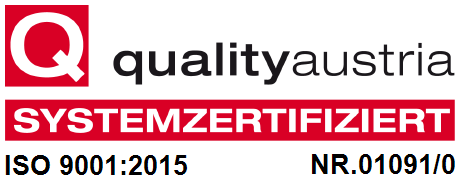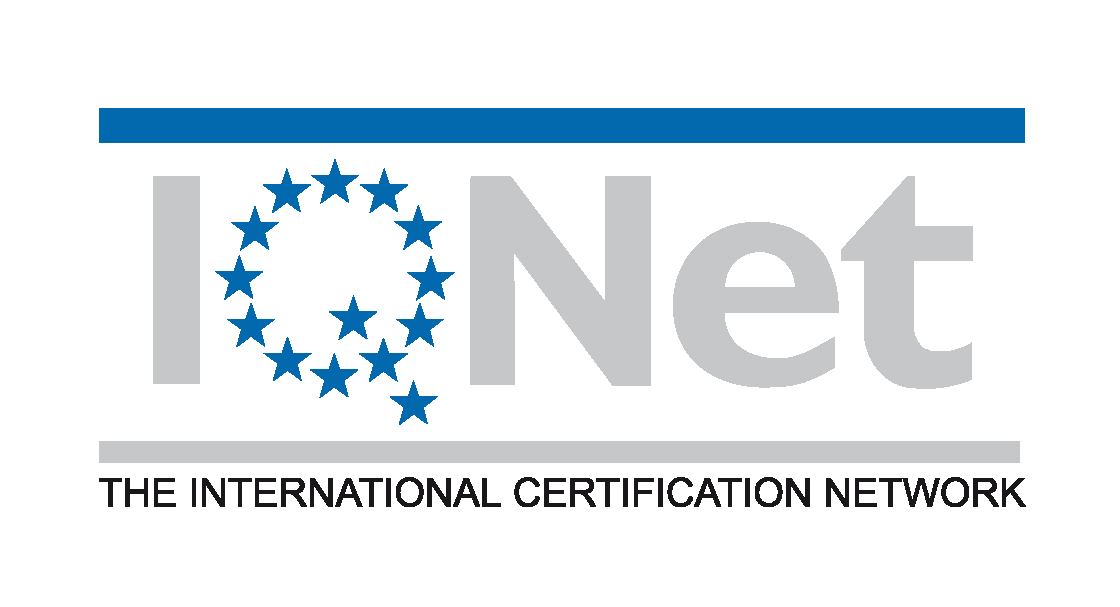Risks and Complications
1. Prospects of Success
2. Risks for the Woman
1. Prospects of Success
We cannot, of course, guarantee the success of all our treatments.
In some rare cases, the woman's endocrine system may have an inhibiting effect on follicular growth and oocyte maturation, which means that the therapy has to be aborted.
Although rare, there are cases where no oocytes can be found during follicular aspiration. There may also be situations where not all fertilized ova develop into embryos capable of implantation. As regards embryo transfer, it should be emphasized that the implantation / nidation of the embryo into the uterine wall is a highly complex process which cannot be forced. (see "Embryo Transfer")
The prospects of success of in vitro fertilization and embryo transfer have to be assessed on an individual basis. If hormone levels and semen findings are normal at baseline, these chances are in the 25 - 37% range per oocyte retrieval at experienced centers, divided over all patients and using conventional culture techniques.
Women with a good response to ovarian stimulation (more than 10 oocytes obtained per pick-up) who undergo blastocyst-stage embryo transfer have very good prospects of achieving a successful pregnancy (see "Blastocyst Culture").
The situation becomes all the more challenging for women around the age of 38 or beyond. Even with optimum preparation and good response to ovarian stimulation, the probability of getting pregnant and giving birth to a healthy child is significantly reduced, dropping to 5% or less between the ages of 43 and 45.
2. Risks for the Woman
The strains and corresponding health risks for the patient should be kept at as low a level as possible.
Though very rare, complications may arise, as with any other medical intervention. There are other risks that cannot be excluded, especially those associated with any pregnancy (miscarriage, premature labor etc.). In that respect, an IVF pregnancy is in no way different from a "normal" pregnancy. However, IVF treatment is associated with an increased probability of multiple pregnancy. In about 20% of the cases, the transfer of two or more embryos leads to a twin pregnancy. The likelihood of a triplet pregnancy after transferring 3 embryos is 2%.
In order to minimize possible risks and consequences (for mother and child) linked with multiple pregnancies, treatment at our IVF Centers is oriented towards so-called "Single Embryo Transfer". This implies, however, the need to create optimum starting conditions in order to be able to transfer a single embryo with high implantation potential. For this purpose, it is necessary to have extensive experience, use optimized stimulation protocols and individually adjusted medication as well as apply cutting-edge laboratory techniques.
There is at least a theoretical possibility that an ectopic pregnancy (abdominal or tubal pregnancy) might occur following embryo transfer. In the case of naturally-conceived pregnancies, the prevalence rate of tubal pregnancies is about 2%. Following embryo transfer - and, of course, provided that one or both fallopian tube(s) still exist - this risk increases to about 3%. So-called ovarian hyperstimulation syndrome (OHSS) is a typical complication of hormone therapy used o stimulate the ovaries. The syndrome is characterized by cystic enlargement of the ovaries, resulting in pressure and pain in the lower abdomen and, in rare cases, also in the accumulation of fluid in the peritoneal and pleural cavities. However, in rare cases, especially when pregnancy has occurred, the condition may require a short hospital stay. OHSS does not usually need to be treated and disappears of its own accord.






